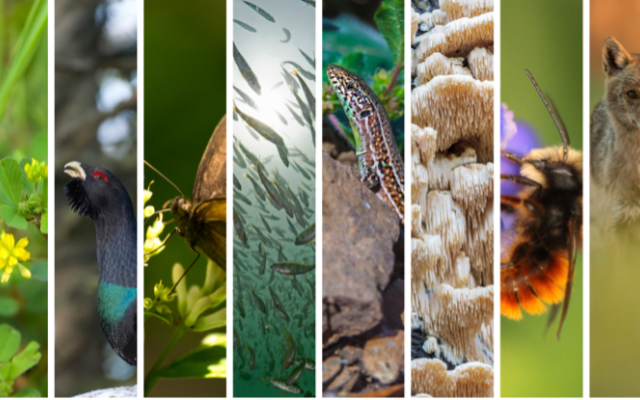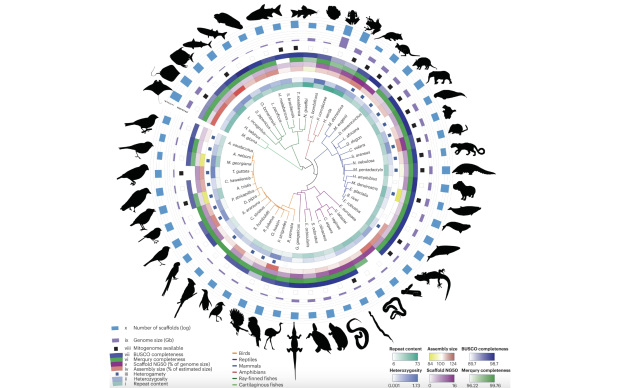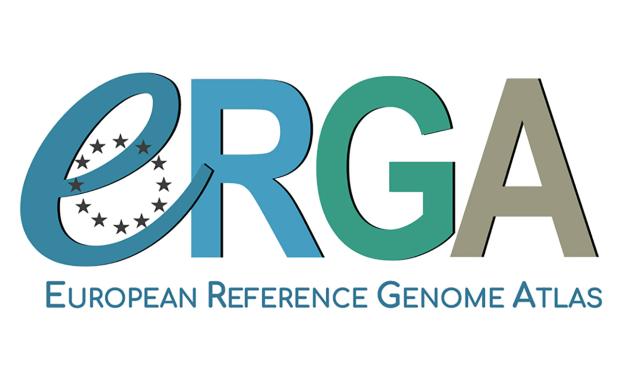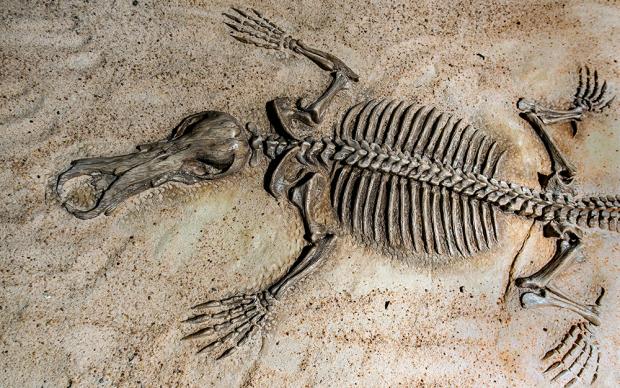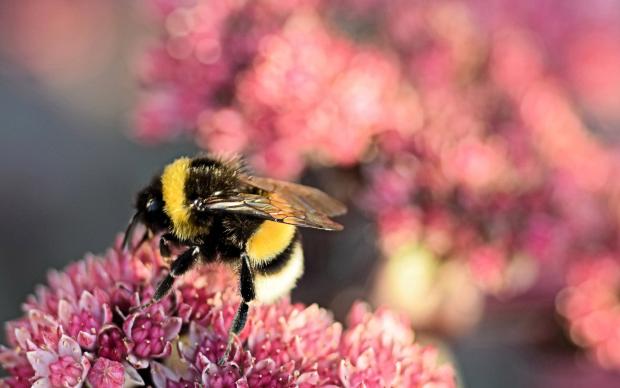Addressing the biodiversity crisis requires a fundamental understanding of how biological systems function, how species respond to environmental change, and the crucial role genetic variation plays in these processes. Mapping the complete DNA blueprint of each species by sequencing and assembling their genome provides the foundation for understanding biodiversity at the genetic level. To scale up production of genomes, the European Reference Genome Atlas (ERGA), chaired by SIB’s Environmental Bioinformatics group Director, Robert Waterhouse, launched a community-led Pilot Project whose results are published today highlighting the benefits and challenges of such distributed community efforts.
This ERGA community initiative aims to develop and test the first decentralised, accessible, equitable, and inclusive model for producing high-quality reference genomes. From Switzerland, eight species were studied as part of the ERGA Pilot Project, including an aquatic primrose, several insects, and two charismatic fish species.
Establishing a network across Europe for reference genome generation
Species distributions are not bound by national borders; therefore, biodiversity research needs to operate at transnational levels to build the resources and knowledge required to monitor and assess species, and to protect and restore the habitats that sustain them. The European Reference Genome Atlas (ERGA) therefore strives to connect researchers across Europe, to develop and share best practices for all steps of the genome generation workflow and thereby increase participation from all countries. The ERGA Pilot Project has played a key role in establishing this network, by defining a target list of 98 species from 33 European countries and working together to support the production of complete reference genomes. The effort brought together more than 200 researchers, who describe the approaches, lessons learned, challenges addressed, and key results and outcomes in an article published in the journal npj Biodiversity.
Swiss participation in European biodiversity genomics
For SIB’s Environmental Bioinformatics group Director and chair of ERGA Robert Waterhouse, the ERGA Pilot Project clearly demonstrates how “Community-building is essential to advance ERGA's aims of enhancing capacity and sharing knowledge to increase participation in reference genome generation efforts from all countries”. Switzerland participated with the inclusion of eight species: the water violet primrose or featherfoil (Hottonia palustris), the buff-tailed mining bee (Andrena humilis), the mayfly (Epeorus assimilis), the European orchard bee (Osmia cornuta), two species of Carabus ground beetles; as well as the unusual, yellow-finned morph of the European perch, and the endangered Rhone streber (Zingel asper).
SIB coordinated the participation of SIB Members and researchers from nine major institutions of the country, namely the Universities of Bern, Lausanne, Neuchâtel, Zurich, and ETH Zurich, the Eawag Swiss Federal Institute of Aquatic Science and Technology, as well as the Natural history museums of Bern and Geneva, and the Naturéum of Vaud.
Data generation in Switzerland was performed at sequencing centres including the Lausanne Genomic Centre Facility, the Functional Genomics Center Zurich, and the Bern Next Generation Sequencing Platform.
Importantly, these national and international collaborations established through the ERGA Pilot Project strengthen Switzerland's capacity to contribute to and play a leading role in biodiversity genomics endeavours in Europe and beyond, such as the Biodiversity Genomics Europe Project and the Earth BioGenome Project.
What is ERGA? - European Reference Genome Atlas
Reference(s)
Mc Cartney AM., Formenti G., Mouton A., et al. The European Reference Genome Atlas: piloting a decentralised approach to equitable biodiversity genomics. npj Biodiversity, 2024.
Mazzoni CJ., Ciofi C., & Waterhouse RM. Biodiversity: an atlas of European reference genomes. Nature, 2023.
Image legend: Examples of the European species selected for reference genome sequencing as part of the ERGA Pilot Project. Attribution: Photos by ©Mantonature, ©Cucu Remus, ©dadalia, ©scubaluna, ©Kristian_Nilsson, ©AlbyDeTweede, ©Carine Carnier, ©Daniel Jara from Getty Images via Canva.com



